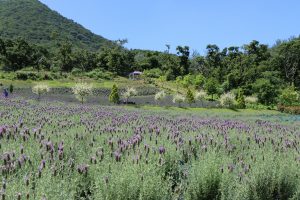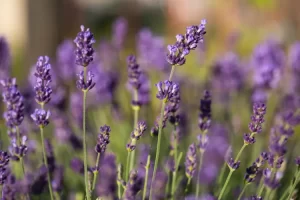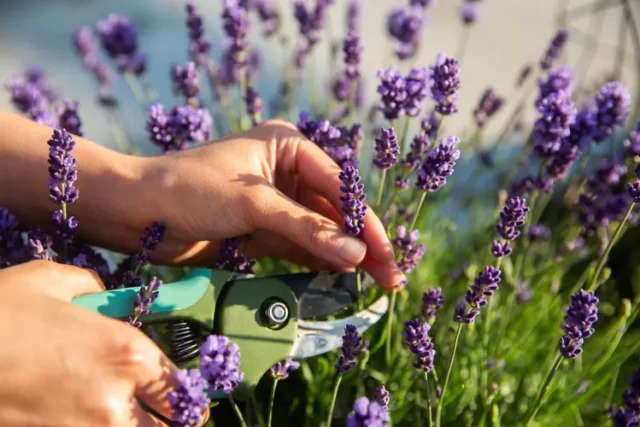English lavender is one of the most favorite and versatile plants in all of gardening. For its fragrant flowers, soothing scent, and many uses in aromatherapy, culinary arts, and decoration, English lavender turns out to be a very important plant in gardens worldwide. Whether you’re looking to enhance your outdoor space or harvest your lavender for crafting and cooking, this hardy and low-maintenance plant is an excellent choice. Here’s how to grow and care for English lavender to enjoy its beauty and benefits year after year. Growing English Lavender.
Choosing the Right Location
It likes sunny locations and well-drained soil. It does well under full sun-for about six to eight hours of sunlight every day, that is produces flowers abundantly. If you live in areas with heavy or clayey soils, consider growing lavenders on raised beds or pots to ensure good drainage for the plant.
How to Plant Lavender
Set or plant lavender in the spring after the last frost, or when the weather is cooler; plant in early fall in gentler climates. Plants prefer to be 18-24 inches apart to allow proper circulation of air, which aids in preventing fungal problems. Dig a hole twice the diameter of the root ball; add a handful of sand or grit to the bottom to improve drainage.

Soil Requirements
English lavender does best on slightly alkaline to neutral soils, in a pH range of 6.5 to 7.5. For very acidic soils, liming will create the ideal conditions for it. Add compost in very light amounts to improve soil fertility. Fertilization can also be done but not with much frequency, since the lavender plant thrives best on lean soil.
Care Routine for English Lavender
Watering : English lavender is resistant to drought once established, so do not overwater.

Let the soil go dry between waterings, especially during cooler months. During the first growing season, water regularly establishes the plant’s root system.
Pruning :Pruning is vital for the health of your lavender plants, besides encouraging bushy growth. After the first bloom, about one-third of the plant should be trimmed back, just above the woody base. Try not to cut into old wood as it inhibits growth. A second, lighter pruning in early spring will get the plant ready for the growing season.

Fertilization : Lavender does not need much feeding. Too much fertilizing can result in leggy plants bearing fewer flowers. A light application of balanced fertilizer in spring provides enough nutrients.
Winter Care : English lavender is hardy to USDA zones 5–9 but benefits from a little extra care in colder regions. Mulch around the base of the plant with straw or bark to protect the roots from freezing. If your winters are particularly bad, cover the plants with burlap or grow in pots that can be taken indoors over winter.

Benefits and Uses of English Lavender
But English lavender is so much more than just a pretty plant. Its fragrant flowers can be harvested for essential oils, sachets, potpourris, and even culinary uses like flavoring baked goods or teas. Besides, lavender attracts pollinators such as bees and butterflies, making it a great addition to any garden.
With these tips, you should be able to grow and care for your English lavender with ease, enjoying its calming presence and versatility for years to come.

























